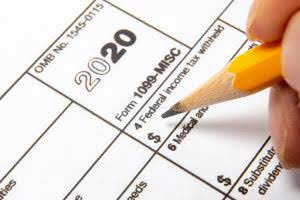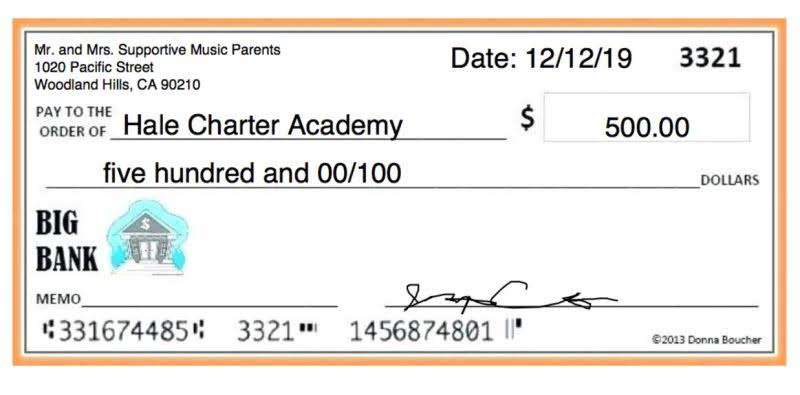
The product costs for a retailer will be the amount paid to the supplier plus any freight-in. Product costs for a manufacturer will be the direct materials, direct labor, and manufacturing overhead used to manufacture a product. Commercial entities regularly incur different types of costs while carrying out their business activities. These costs can be broadly bifurcated into costs related to the core production/trading activities and other ancillary costs. While preparing their books of accounts, manufacturing entities in particular prepare a separate trading account and a separate profit and loss account. They prepare trading account to record all incomes and expenses related to their manufacturing operations.
Why is the distinction between product costs and period costs important?
- The difference between period costs vs product costs lies in traceability and allocability to the business’ main products and services.
- By looking at period costs, you can evaluate the impact of such decisions on the bakery’s overall financial health.
- According to the Matching Principle, all expenses are matched with the revenue of a particular period.
- The cost of 300 units would be transferred to cost of goods sold during the year 2022 which would appear on the income statement of 2022.
- When costs are traceable to products and services, they are undeniably product costs.
Allocable but nontraceable costs to products and services—like our electricity example above—are called manufacturing overhead (MOH). We still include MOH as part of product costs even if we can’t trace them directly. Classifying product and period costs on financial statements is crucial for illustrating a company’s financial health. Product costs are recorded in the cost of goods sold (COGS) and directly affect the gross profit margin, a key measure of operational efficiency. Grasping the difference between product and period costs serves as a financial compass for businesses.
Understanding product cost: a general overview

By looking at period costs, you can evaluate the impact of such decisions on the bakery’s overall financial health. Operating expenses are the funds a business pays regularly to stay in business – rent, salaries, and advertising costs, to name a few. They play a significant role in shaping the overall profitability of a business because they period costs directly impact how much money it gets to keep after covering all these ongoing expenses.

Period cost vs product: calculation of product and period costs

Such a treatment of period costs is in accordance with the accrual concept of financial accounting. Unlike product costs, period costs don’t depend on the production volume. They occur consistently over a specific time period, like a month or a year, and are incurred regardless of how much or how little the business produces during that time.
- The cost of labor is unique in that it can be both a product and period cost.
- Manufacturing overhead includes indirect production costs like factory utilities, equipment depreciation, and supervisory salaries.
- Costs incurred on these other business activities that are not specifically linked to the manufacturing process qualify as period costs.
- Instead of being immediately expensed, product costs are capitalized, meaning they are recorded on the balance sheet as an asset.
- They’re often broken down into subcategories of fixed and variable costs, which can be used for calculating things like the break-even point.
- And while product costs focus on the creation of goods or services, period costs represent the broader expenses necessary to sustain the business’s overall operations and facilitate growth.
Moreover, this understanding empowers businesses to manage costs effectively, making informed decisions about product pricing, production efficiency, and overall operational strategies. Product and period costs are the two major classifications of costs that have different accounting treatments. Product costs are related to the cost of purchasing inventory for sale or performing a service. Meanwhile, period costs are costs that are not related to production but are essential to the business as a whole. It’s important to distinguish between product vs period costs because the former must be deducted when a good or service is sold, whereas the latter is deducted in the period it trial balance is incurred.

Therefore, a period cost is generally recorded in the books of accounts with inventory assets. Period costs are like the backstage crew ensuring the business show runs smoothly. Remenber, they include things like rent, salaries, and advertising costs? But https://www.bookstime.com/tax-rates/new-york they’re ongoing expenses necessary for the daily operation of the entire bakery. Product cost and period cost are accounting concepts used to categorize and allocate expenses in a business. These terms play a part in determining the cost of goods sold (COGS) and overall profitability.

Recent Comments